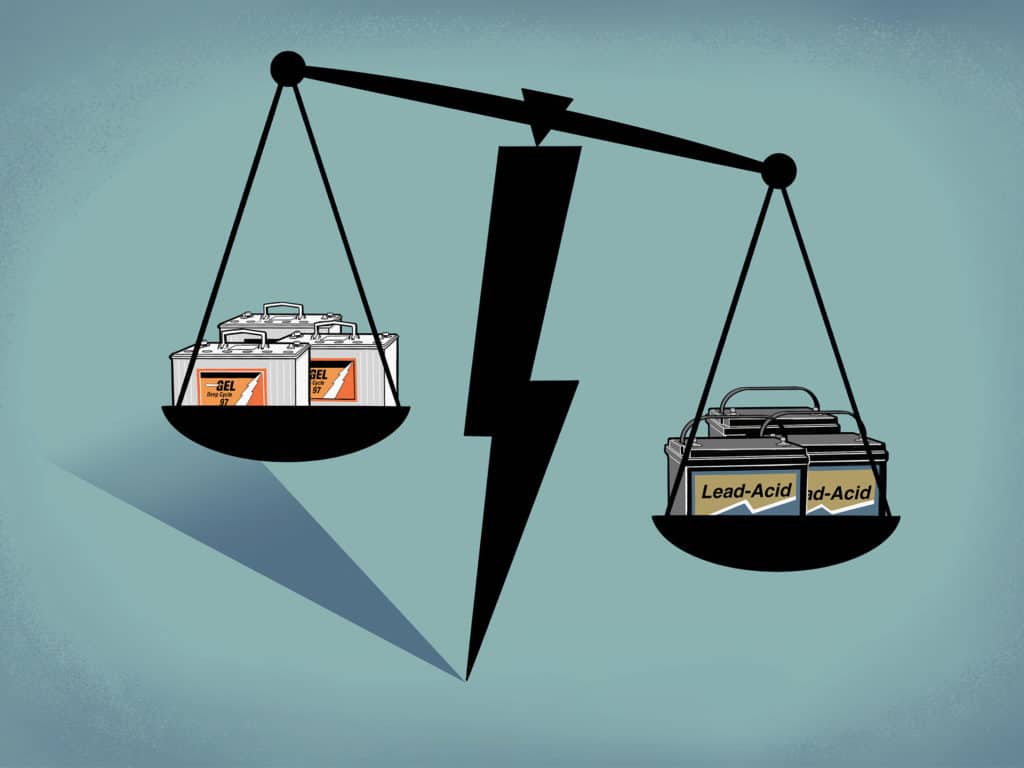
Marine batteries aboard today’s saltwater fishing boats are more critical than ever before. They are relied upon to power an ever-growing number of onboard systems, including marine electronics, pumps, lights, electric trolling motors, air conditioning, electric reels, microwaves, gyrostabilizers, windlasses, thrusters and more. And then there’s the basic, albeit crucial, function of cranking over the main engines.
While marine batteries have morphed into a wide range of types, sizes and applications, most still rely on the same lead-acid chemistry invented more than 160 years ago. Today, however, a new battery technology based on lithium-iron-phosphate (LiFePO4) chemistry is poised to revolutionize electrical power delivery aboard saltwater fishing machines.
Marine lithium batteries offer amazing advantages over conventional lead-acid batteries, but there are also major caveats for boating anglers to keep in mind. Lithium technology requires new thinking when it comes to cost, installation, applications and charging. Let’s look at how these fit into the world of saltwater fishing.
Deep-Cycle Superiority
Almost all marine lithium batteries are designed to serve in deep-cycle applications, but not as starting batteries, says Matthew Campbell, director of marketing at Solv4Ex, parent company of Discover Battery, which offers a full spectrum of marine batteries, from lead-acid to Lithium Blue LiFePO4 batteries.
“Marine starting batteries are purpose-built to crank engines, for the most part using lead-acid technology, which is good for short bursts of high energy,” Campbell explains. But most lithium batteries are not designed to produce these kinds of high-energy electrical bursts.
Lithium batteries might also damage marine engines if employed in starting applications. And engine alternators can’t produce the special charging profiles that lithium batteries require (more on this later), which means these new-age batteries must be completely isolated from the engine starting circuit.
On the other hand, lithium battery technology proves well-suited for deep-cycle applications—that is, powering equipment with low to moderate direct current electrical needs over extended periods of time. Also known as house batteries, deep-cycle models are often dedicated to boat accessories such as marine electronics, livewell pumps, refrigeration systems and more.
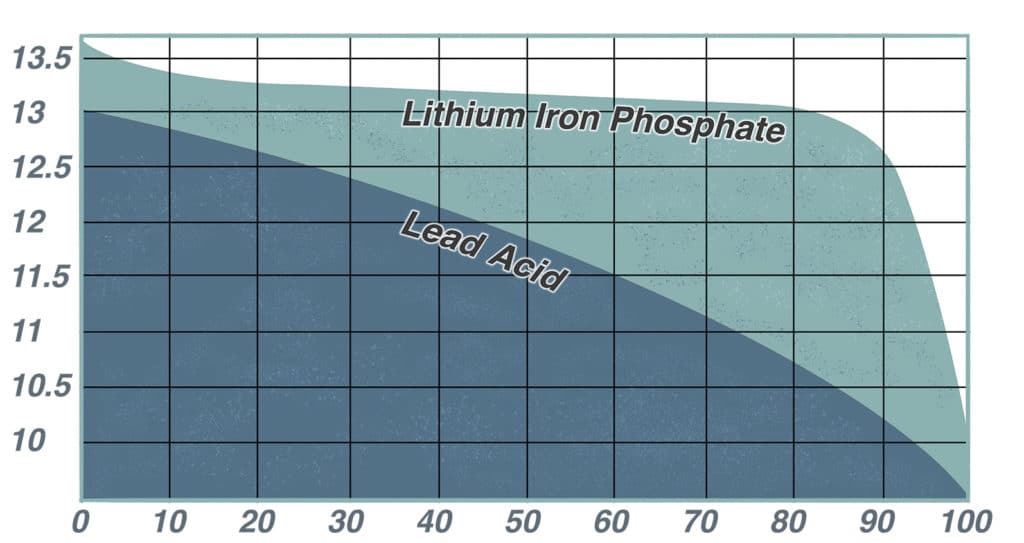
Longer Run Time
Unlike deep-cycle lead-acid batteries that taper off in power delivery and go dead at 50 percent capacity, a lithium battery delivers full power for nearly its entire discharge cycle. If you’re running an electric trolling motor with lead-acid batteries, the power will gradually fade after a few hours, and the motor will lose its initial oomph. With lithium batteries, however, the motor will pull strong for its entire discharge cycle and offer a much longer running time.
Lighter Weight
The most obvious difference between lead-acid and LiFePO4 batteries is weight. For example, a 27-series lead-acid deep-cycle battery that offers 105 amp-hours weighs around 60 pounds, while a Discover Lithium Blue DLB-G24 12-volt deep-cycle battery that provides 100 amp-hours weighs just 25 pounds. That’s a 58 percent reduction in weight. This can make an even bigger difference if, for example, you’re assembling a bank of three 12-volt batteries for a 36-volt saltwater trolling motor—that’s 180 pounds for the three lead-acid batteries versus 75 pounds for the three lithiums.
Weight savings can become even more remarkable because some companies offer single lithium batteries in 24, 36 and even 48 volts, as well as 12 volts. A case in point is the Dakota Lithium 36-volt, 100-amp-hour battery that weighs just 32 pounds, saving 148 pounds when it replaces three lead-acid 12-volt batteries.
Greater Longevity
Lithium batteries offer as much as 10 times more battery life than lead-acid systems, Campbell says. “A Lithium Blue battery provides 4,000 cycles versus 400 cycles for a comparable AGM (absorbed glass mat) lead-acid battery,” he says. On the other hand, lithium batteries are expensive. One example is the Dakota Lithium 12-volt, 100-amp-hour battery, which retails for about $900. Compare that to a Duracell Ultra 31-series 12-volt, 105-amp-hour lead-acid AGM battery that retails for about $315. However, with the greater longevity of lithium batteries, they usually pencil out to be better long-term buys.
Unique Charging
Don’t try using a conventional charger on a lithium battery because LiFePO4 batteries require special charging profiles to bring them back to full capacity safely and without damaging the battery. Many lithium brands offer compatible chargers as accessories.
If you are unsure about what charger to buy, ask your battery retailer or manufacturer for guidance. In fact, given the relatively new technology, boaters should consider hiring a qualified installer when switching to lithium.
Monitoring Methods
Because lithium batteries provide full power throughout the discharge curve and stop cold once they run out of juice, boating anglers need a reliable method for monitoring the state of charge. Lithium Blue models resolve this with a built-in Bluetooth monitor that connects to an app on your mobile device to keep you informed about available power.
There are also aftermarket monitoring systems from brands such as Xantrex that connect to the battery and display the state of charge and other parameters.
With lithium batteries of the past, there were concerns about flammability. However, those have largely dissipated with the advent of reliable LiFePO4 cobalt-free technology. Today’s lithium models are safe and provide benefits that boating anglers have longed for. They won’t do everything, but they far surpass the capabilities of conventional batteries in deep-cycle applications, if you’re willing to pony up. Welcome to the revolution.
New Electronics
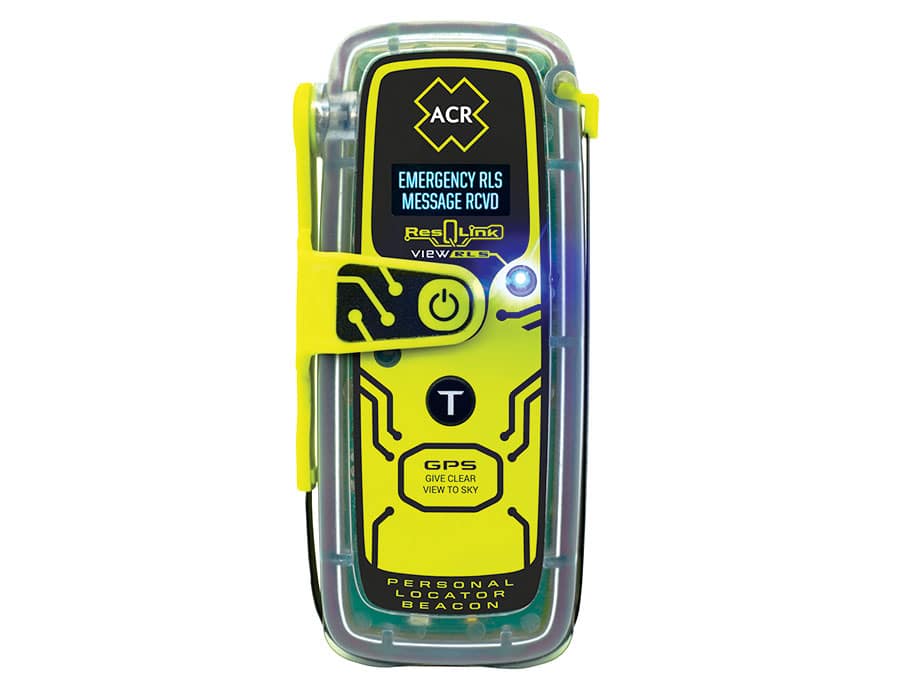
Two popular ResQLink personal locator beacons from ACR Electronics now include Return Link Service, which provides a confirmation message that the international satellite system, Cospas-Sarsat, has received the distress message and GPS location. The ResQLink View RLS confirms via its digital display screen, while the ResQLink 410 RLS has a confirmation light. $449.95 and $429.95, respectively; acrartex.com
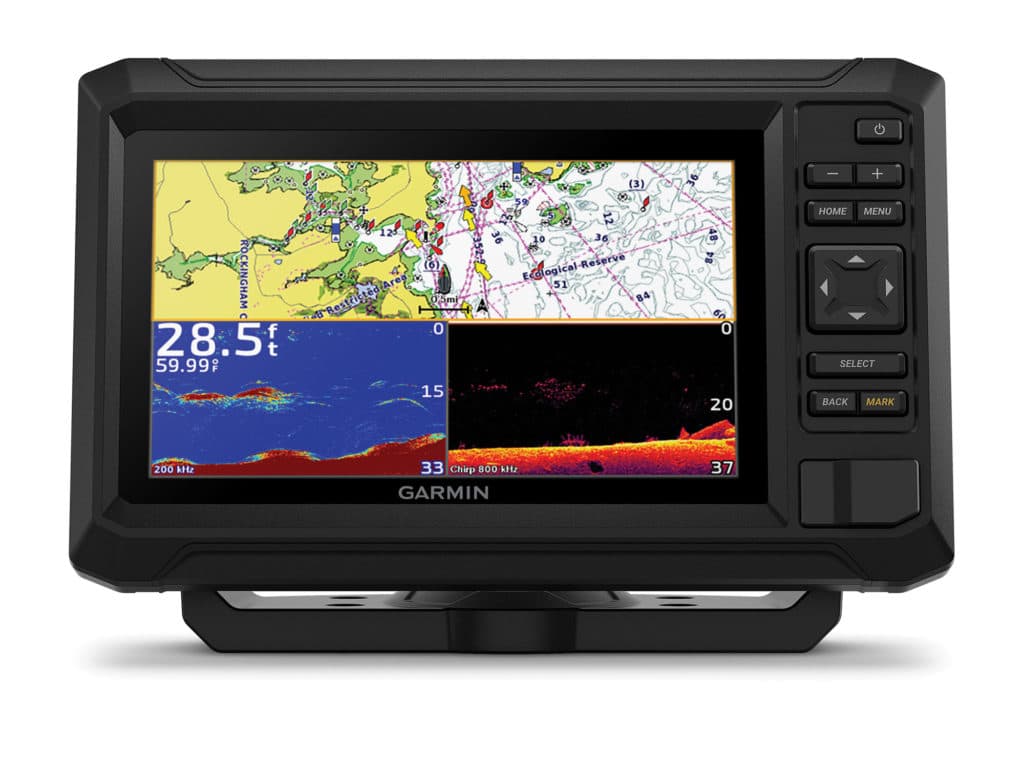
Garmin’s new EchoMap UHD2 chart plotters have new hardware and features, such as 500-watt scanning sonar, cartography content, a sunlight-readable display, and physical buttons for easy operation. The 5- and 7-inch plotters offer built-in Wi-Fi for sharing sonar and data between two EchoMap UHD2 units. When bundled with the GT20-TM transducer, the UHD2 includes sonar. $399.99 to $649.99; garmin.com
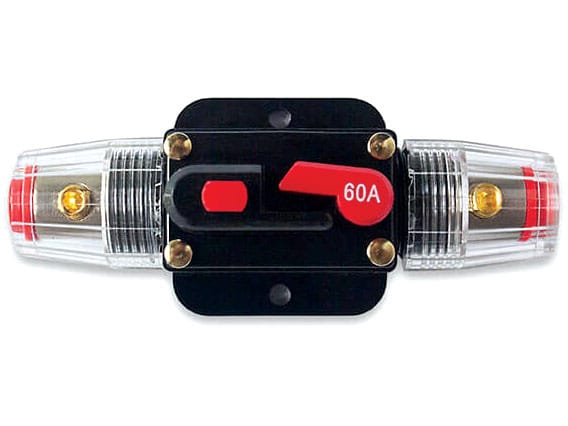
The 60-amp inline circuit breaker from Pro Controll serves as an affordable and easy-to-install means of protecting electric trolling-motor systems from short circuits and overloads. It works with 12-, 24- and 36-volt systems, with a manual reset so that you don’t have to replace fuses. Engineered for marine applications, the waterproof breaker quickly installs in the positive electrical cable. $11.95; procontroll.com









